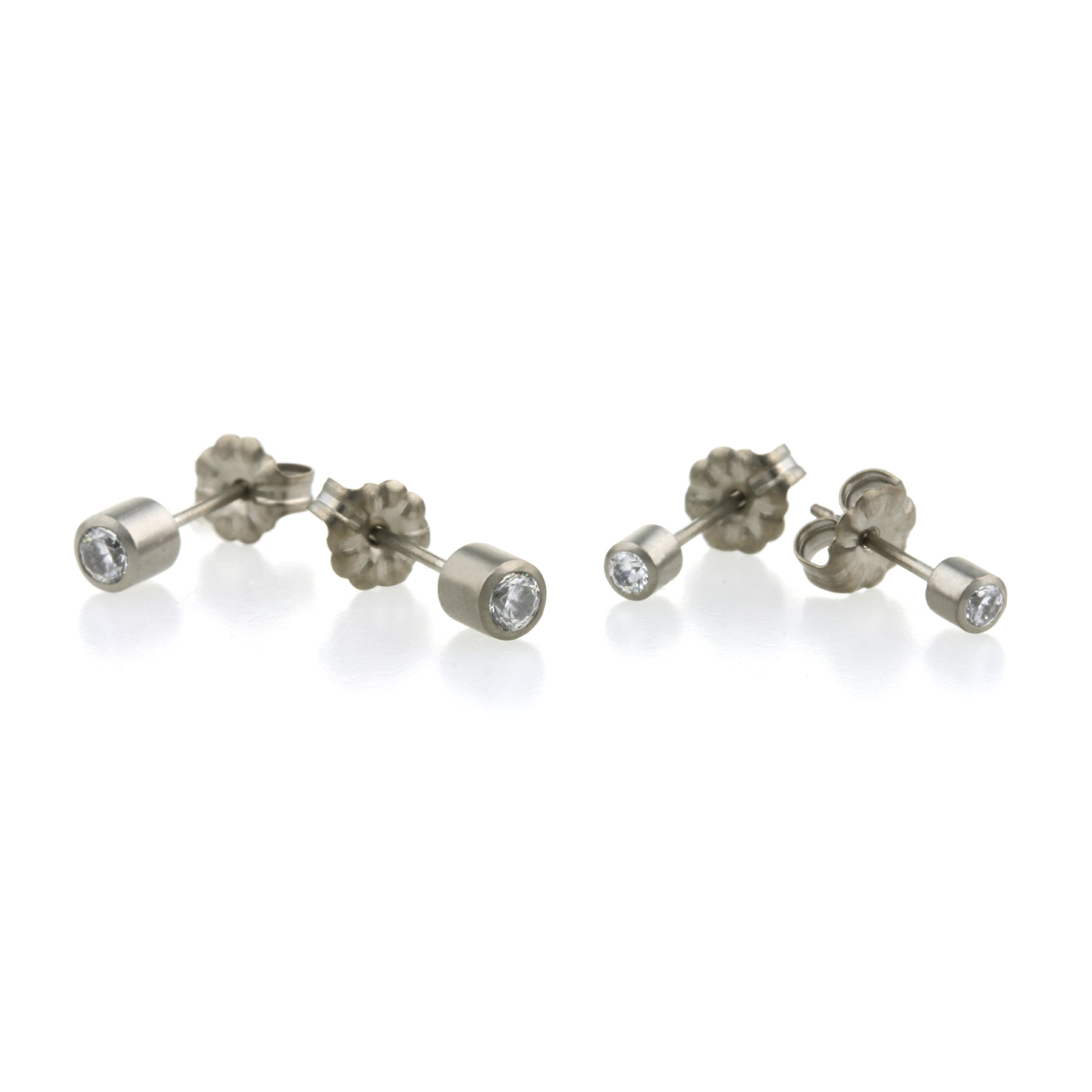Titanium’s Hypoallergenic Properties
While bio-compatibility focuses on a material's overall safety in contact with human tissues, hypoallergenic properties specifically relate to the likelihood of triggering allergic reactions.
Titanium’s lack of nickel, lead, and other common allergenic metals makes it hypoallergenic, meaning that it causes no allergic reactions to the skin.
Relative to other metals used in piercings, titanium is much safer, reducing allergic reaction risks dramatically.
All pure grades of titanium (Grades 1-4) are considered equally hypoallergenic, providing consistent safety across various jewellery pieces.
Conversely, nickel is the most common allergen in jewellery, found in many stainless steels and some gold alloys, often causing dermatitis and other skin issues.
Typically, the consumer normally has to rely on the jeweller’s word regarding the hypoallergenic properties of their piercing jewellery, but there are ways to be more certain.
Jewellers can certify their products through independent bodies.
In the UK, for example, AnchorCert offers a wide range of certification services and independent expert analysis across a range of disciplines.
Most jewellers are going for this form of screening to certify the hypoallergenic nature of their products, giving consumers peace of mind that safety is at the forefront of their purchase.
At Ti2Titanium we care deeply about safety and ethical practices, and that’s why we only work with Grade 2 titanium.
We’re currently working with AnchorCert directly to obtain our certified status. Watch this space!













